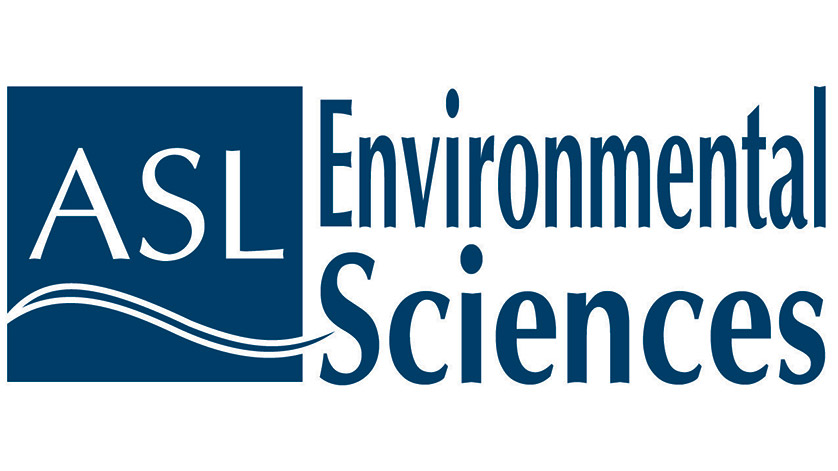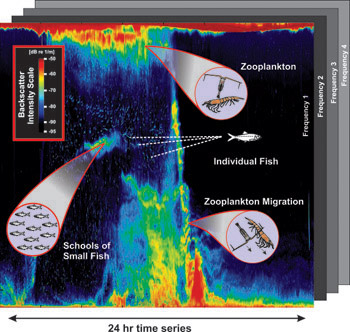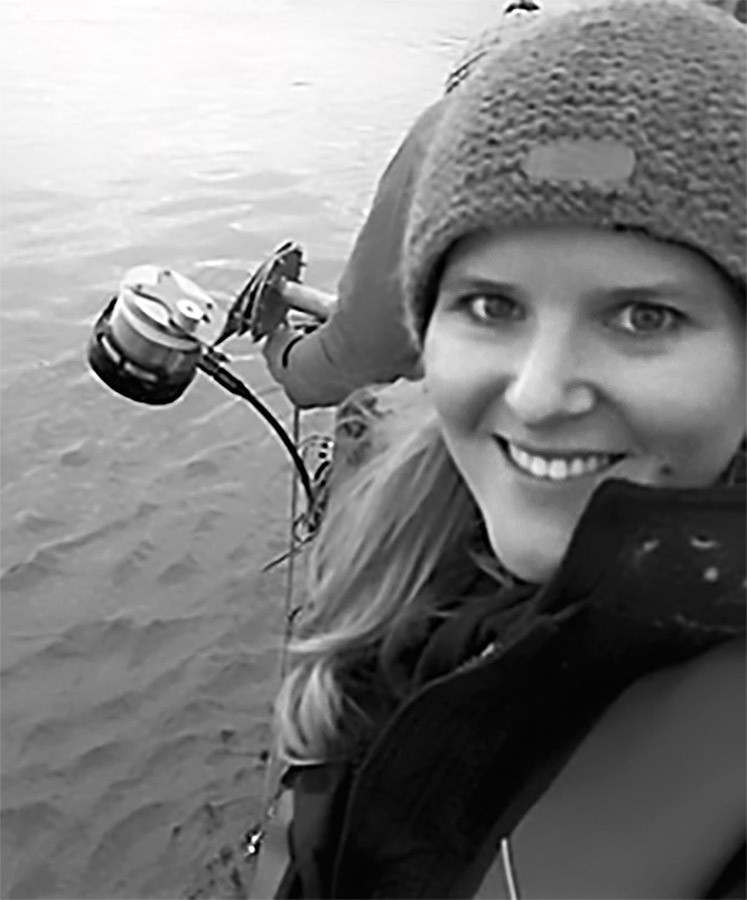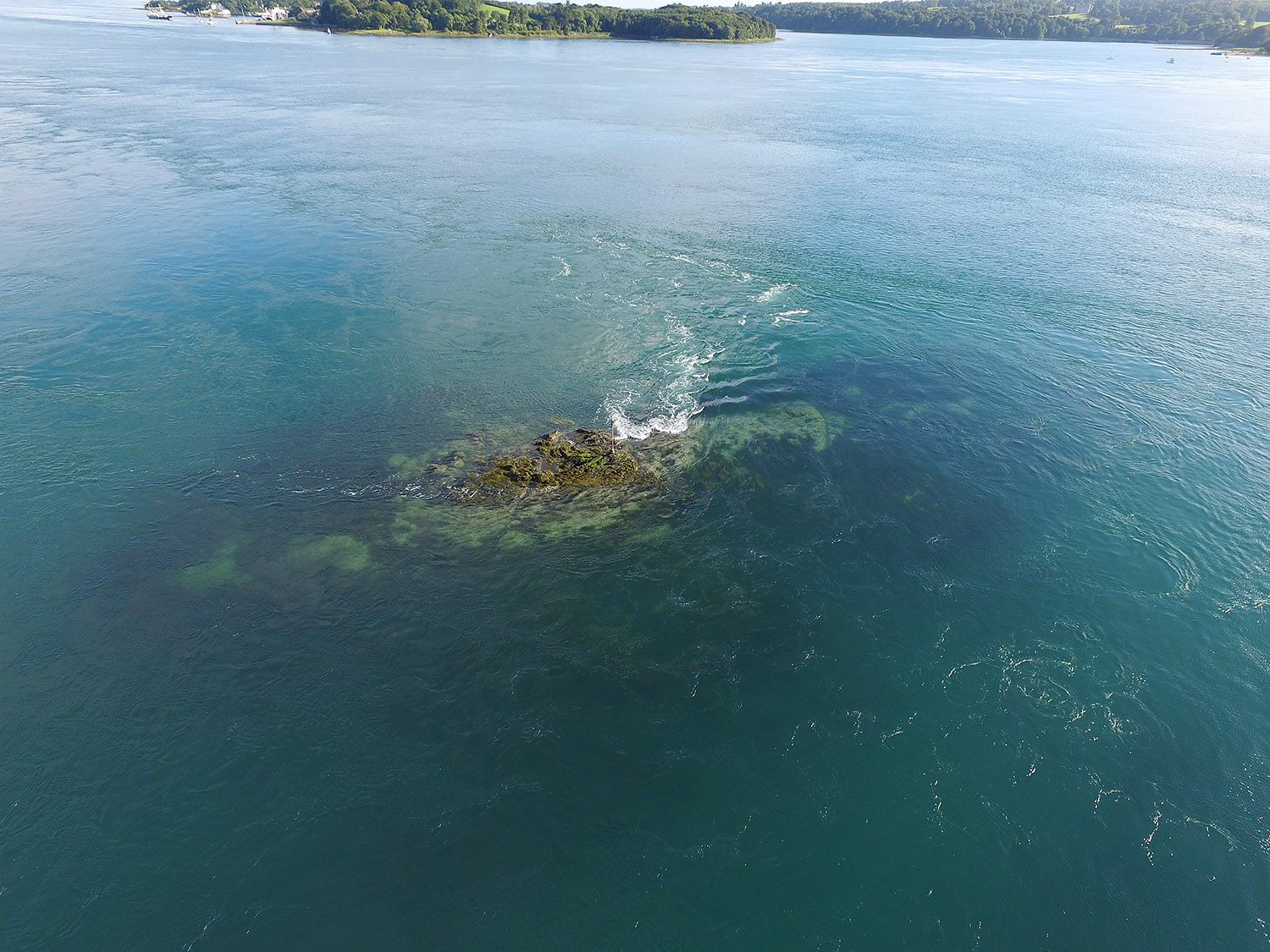ASL Announces 2018 Acoustic Zooplankton Fish Profiler Winner

ASL Environmental Sciences has announced the winner of the third annual Acoustic Zooplankton Fish Profiler (AZFP) award. Dr. Lilian Lieber, Research Fellow at Queen's University Belfast, has been selected to receive the use of one of ASL's four frequency (38/125/200/455 kHz) AZFPs for her proposal entitled Drivers of Predator–Prey Coherence in Energetic Environments.
With this award comes the free of charge use of a four-frequency AZFP including batteries and a mooring cage for a deployment period of up to three months. Also included with this award is support from ASL's team of experts.
 Acoustic Zooplankton Fish Profiler (AZFP)
Acoustic Zooplankton Fish Profiler (AZFP)
As marine renewable energy projects have led to a rapid increase in the installation of tidal turbines in coastal channels, it is increasingly important to understand the bio-physical mechanisms driving predator–prey interactions in these highly dynamic environments.
 Dr. Lilian Lieber, Research Fellow, Queen's University, Belfast.
Dr. Lilian Lieber, Research Fellow, Queen's University, Belfast.
Dr. Lieber will be conducting her study in the Narrows, an energetic tidal channel located in Strangford Lough, Northern Ireland, UK. At this site, a novel quarter-scale tidal turbine developed by Minesto called the Deep Green tidal kite is currently being tested. Hydroacoustic monitoring using multibeam sonar and acoustic Doppler current profilers is already under way as part of the EU-funded PowerKite project to assess animal–kite interactions. The project also aims to understand tidally-driven processes that may result in foraging opportunities for top predators (seals and seabirds) which can be exploited over several hours within a tidal cycle. For instance, during peak flows, prey may be transported to the surface by bathymetry-induced turbulence, making prey available to surface-feeding seabirds.
 Walter's Rock, a bathymetric feature in the Narrows tidal channel is predictably being used by surface-feeding seabirds (tern and gull species).
Walter's Rock, a bathymetric feature in the Narrows tidal channel is predictably being used by surface-feeding seabirds (tern and gull species).
To do this, an integrated suite of hydroacoustic instruments are deployed to create three-dimensional visualisations of animals, debris and turbulent features at the site. By adding the awarded AZFP to this suite, Dr. Lieber hopes to utilize the AZFP's multi-frequency capabilities to enable broad categorization of prey as well as information on prey vertical distribution and abundance. To complement the suite of underwater instruments, a holographic camera capable of directly imaging particles (e.g. plankton, flocs, suspended sediment and bubbles) will be used to ground-truth the multi-faceted acoustic data. Interactions of surface-feeding seabirds will concurrently be assessed using vantage point studies and drone transects over turbulent features.
For additional information, click here.

